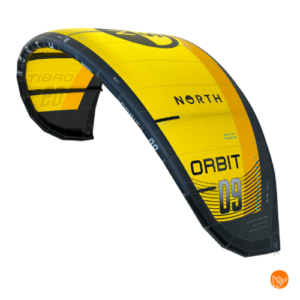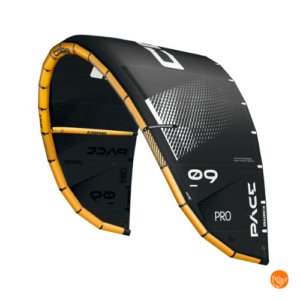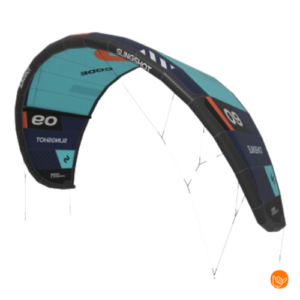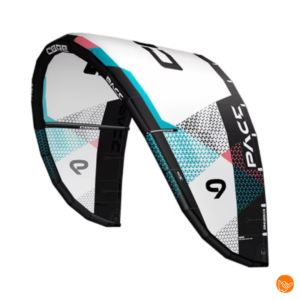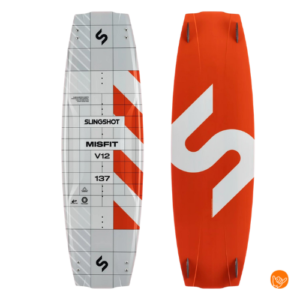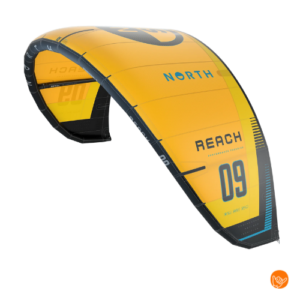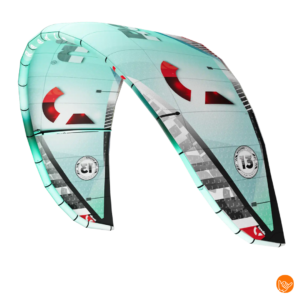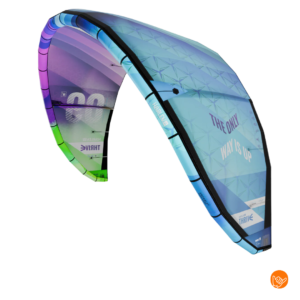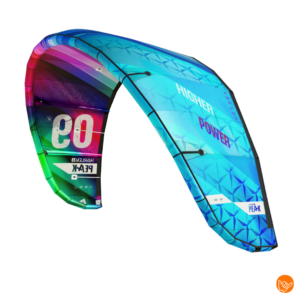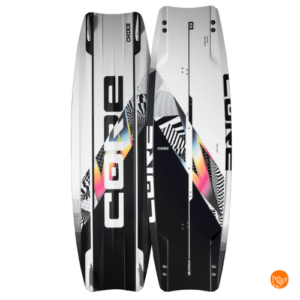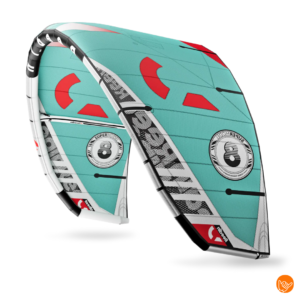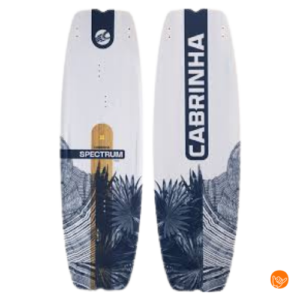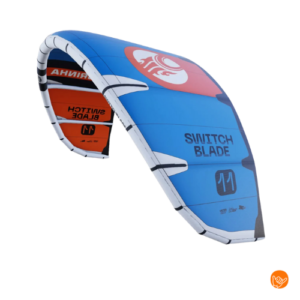As a beginner kitesurfer, it is best to choose locations with steady winds, shallow waters and professional guidance. Dutch spots such as the IJsselmeer, North Sea beaches and inland waters offer ideal learning conditions. Qualified kitesurf schools with IKO certification ensure safe lessons, while the right equipment is essential for a successful start.
What makes a location ideal for beginners who want to kitesurf?
An ideal beginner location for kitesurfing has stable wind conditions between 12-20 knots, safe water depth and sufficient space. The water should be deep enough to land safely (at least 1.5 meters), but not so deep as to make rescue operations difficult. In addition, minimal obstacles such as trees, buildings or other water users are crucial for a safe learning experience.
The presence of rescue services or lifeguards significantly increases safety. Beginners benefit from locations where the wind is predictable and not too strong, allowing them to practice kite-control calmly. A sandy bottom is more ideal than rocks or coral, as falling is less painful.
Important factors for beginner locations:
- Stable wind conditions (12-20 knots)
- Safe water depth (1.5+ meters)
- Wide open waters without obstacles
- Presence of rescue services
- Soft sandy soil
- Other kitesurfers nearby for help
Which Dutch kitesurfing locations are best for beginners?
The best Dutch kitesurfing locations for beginners are Workum and Hindeloopen on the IJsselmeer, plus North Sea beaches such as Wijk aan Zee and Zandvoort. The IJsselmeer offers stable winds and relatively calm water, while North Sea locations offer more challenge but also have more wind force.
The IJsselmeer is known for its beginner-friendly conditions. Workum has a large kitesurfing area with good facilities and several kitesurfing schools. The water is relatively calm and the wind usually stable. Hindeloopen offers similar advantages with slightly more space.
For North Sea beginners, Wijk aan Zee and Zandvoort are popular choices. These locations have more wind but also more waves, which is more challenging. Castricum aan Zee and Noordwijk are alternative North Sea spots with good facilities.
Top Dutch beginner locations:
- Workum (IJsselmeer) - steady wind, calm water
- Hindeloopen (IJsselmeer) - spacious kite area
- Wijk aan Zee (North Sea) - good facilities
- Zandvoort (North Sea) - lots of kitesurfing schools
- Brouwersdam (Zeeland) - sheltered water
How to choose the right kitesurfing school or instructor?
Choose a kitesurf school with IKO (International Kiteboarding Organization) or VDWS certification, small group sizes and proven safety protocols. Qualified instructors have at least level 2 IKO certification and can clearly explain how wind, weather and safety work.
Good kitesurfing schools handle a maximum of 4 students per instructor and have modern equipment available. They offer structured lesson programs that begin with theory about wind, safety and equipment before you get on the water. The school should also have emergency procedures and rescue protocols.
Always ask about instructors' experience and read reviews from other beginners. A good school will also offer flexible lesson packages and guidance on choosing your own equipment. They should be transparent about costs and what is included in lessons.
Check when choosing a kitesurfing school:
- IKO or VDWS certification of instructors
- Maximum of 4 students per instructor
- Modern and safe equipment
- Clear safety protocols
- Positive reviews from other beginners
- Flexible learning packages
What are the safety risks and how do you prevent accidents?
The biggest safety risks in kitesurfing for beginners are loss of kite control, collisions with other boaters and underestimation of weather conditions. You avoid these risks by always taking professional lessons, understanding weather conditions well and never kiting alone as a beginner.
Common accidents occur due to too strong winds, improper equipment or lack of knowledge about emergency procedures. Beginners need to learn how to put their kite down in emergency situations and when it is better not to go out on the water. Wind above 25 knots is too dangerous for beginners.
Professional guidance is essential because instructors can assess risks that beginners overlook. They will also teach you how to avoid other water sports and what to do in case of equipment malfunctions. Proper insurance and wearing a helmet are highly recommended.
Key safety measures:
- Always take professional classes
- Never kite in winds above 25 knots
- Always check your equipment before use
- Never kite alone as a beginner
- Learn emergency procedures thoroughly
- Wear appropriate protective equipment
What equipment do you need to start kitesurfing?
For beginners, a complete kitesurfing set consisting of a beginner kite (9-12m²), board, harness, bar with lines, wetsuit and safety equipment. Beginner kites have more stability and are more forgiving than advanced models. A 135-140cm twintip board is ideal for most beginners.
The choice between buying and renting is crucial for beginners. New equipment quickly costs €2000-3000, while as a beginner you do not yet know what size and style suits you. Renting or using a subscription service is therefore wiser for your first year.
A wetsuit is essential in Dutch waters - at least 4/3mm thickness for spring and fall, 5/4mm for winter. Safety equipment such as a helmet and impact vest are becoming increasingly popular, especially with beginners. A good kitesurfing backpack protects your equipment during transport.
For beginners who want to start smart, a flexible subscription the opportunity to try out different kites and boards without a big investment. You can also create your own put together a set based on your personal preferences and budget. For questions about the best equipment choice, you can always Get in touch contact for personal advice.
Beginner equipment includes:
- Kite: 9-12m² beginner-friendly model
- Board: 135-140cm twintip board
- Harness: Seat harness for beginners
- Bar and lines: 4-line system with safety
- Wetsuit: 4/3mm or 5/4mm for the Netherlands
- Safety: Helmet and impact vest (recommended)










